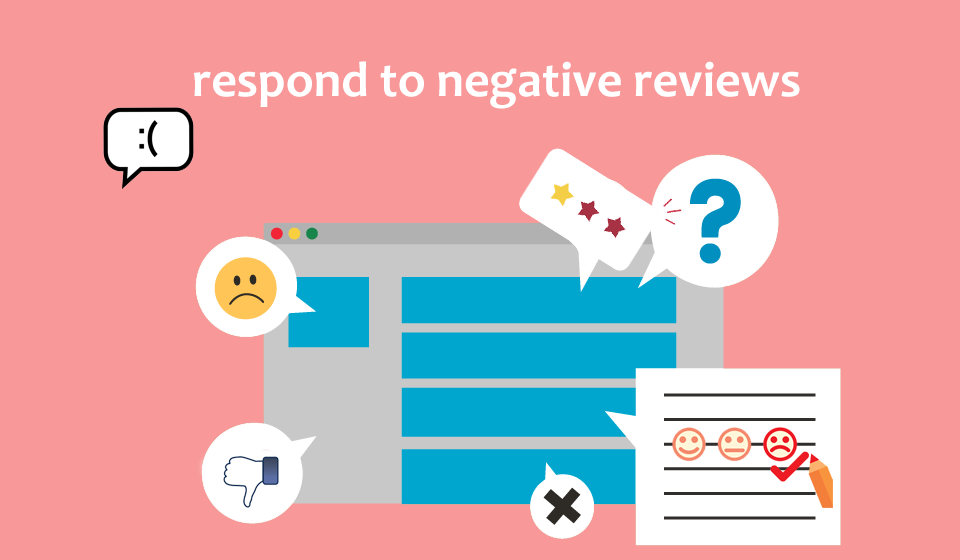
1. Bad reviews aren't the underlying problems.
The most terrible approach that many businesses mistook is trying to get the review removed without realizing that bad reviews aren’t the problem. Bad reviews are the result of problems, so the real problem is whatever happened between your customers and businesses that lead to the results. For real customer service wins, don’t just focus on the result, instead, focus on the problem. Treat upsetting customers as you want to be treated when you are unhappy, with compassion, empathy, a real commitment to solving things right.
2. HEARD Strategy
The famous Walth Disney Company strategized H.E.A.R.D to deal with unhappy customers. Most importantly, this strategy was originally pioneered for customers who approach an employee to have a conversation. That conversation is the critical element missing from a one-sided online review. So the key to applying the H.E.A.R.D. technique to unhappy customers is that you need to create a conversation.
- Hear: let the customer share their experience without interrupting. Sometimes we all just want to be listened to.
- Empathize: convey that you deeply understand how the customer feels. Use phrases like “I’d be frustrated too”
- Apologize: As long as it’s sincere, you can’t apologize enough. Even if you didn’t do whatever made them angry, you should still genuinely be apologetic for the way your customer feels
- Resolve: fix the problem asap, or ensure that your employees are empowered to do so. Ask your customer “what can I do to make this right?”
- Diagnose: identify why the problem happened, without blaming anyone, focus on solving the process of not repeating the mistake again.

3. Ultimately, you need to respond publicly, but not to defend yourself.
It is important to answer online, whether on the review platform where your customer posted, or in a comment on their blog, or in their social media post. Besides, to avoid an online exchange that everyone can see, you should always strive to leave a sincere, though-out public comment and then the discussion of the issue offline. You would want to be authentic and personal in handling negative reviews because no one wants to hear a cliched answer. You or your employees who respond to bad reviews should use your real names (or first and last names), explain your role in the business and give direct contact information. When it comes to dealing with negative reviews, sincerity is the effort, the easiest way to be genuine is to reach out to a customer on a personal level.
An example response is “I am Zoe from Omega theme (authentic and personal). I'm deeply sorry you were unhappy with the service you received at our company (clearly stating facts without blaming). Our goal is for every customer to leave feeling satisfied with the experience (promotes positive image). Please contact me at (contact information) so I can resolve the issues as soon as possible to your satisfaction”.
After all, being empathetic, apologetic and showing that you truly want to turn an upset customer to a happy customer are the keys, we all want to be emotionally connected. Instead of trying to get bad reviews removed, drown them out and solving the underlying problem. You will see that customers are willing to take down/edit negative feedbacks and even coming back to you more if you handled the right way.
